I designed the Stinger reel to save weight. People ask “why,” so I wrote this because I realized that the answers are not so obvious, especially to those who have been fishing the same way for decades.
Lightweight and high performance are synonymous terms with regards to competitive sports equipment- the world I came from. Lightweight almost always improves performance because mass and inertia are your enemies when trying to increase quickness, accuracy and or maximize endurance. But what does high performance have to do with fly fishing? Lots.
It’s a long known practice with fly rod designers to set their reels on the ground when test casting their prototypes. This gives them the “true” feel without the reel’s opposing forces affecting the rod’s action. For the same reason, you’ll probably never see a champion dart thrower wear a wrist watch or heavy jewelry on his/her throwing arm. Accuracy is best achieved by transferring power to the projectile without any opposing forces that could alter the desired trajectory. Even intoxicated pub throwers figured this out long ago.
In the real world of fly fishing, this means that casting is more accurate without the reel’s mass because you can better feel the fly line (dry flies), or the weighted nymph flies (ESN), whichever the case may be.
Also, by removing/replacing the traditional reel, rotational inertia (reel swing) is eliminated. Directional changes with the rod are uninhibited. No longer are you required to point your reel in the direction of the target prior to loading the rod in a cast. Wrist strain is reduced as you no longer have to fight reel swing inertia when casting. This freedom of movement gives your casting a “3D” feel. 3D casting is particularly noticed when performing ESN helicopter casts where you rotate your fly around you in the air to achieve directional changes to your casting target.
Finally, reducing the weight of the reel makes the rod more sensitive because there is less mass at the butt end of the rod to counteract bumps and strikes happening at the tip end.
In some sports, Inertia and mass (potential energy) can be advantageous to achieve stability and power. Sumo wrestling?.. Just kidding. How about dirt bike racing? A four stroke dirt bike vs. a two stroke. In high speed desert situations I’ll opt for my heavier four stroke machine. The mass and inertia of the big four stroke mill helps keep the bike stable and allows my suspension to work better underneath me as I ride over rough terrain at high speed.
But on tight twisty trails, bike agility is far more important so I’ll opt for my lighter two stroke bike. The 2 stroke is far less stable in bumps but directional changes are quicker and the bike is more responsive without the 4 stroke engine forcing my bike upright. Fishing technical streams and rivers with small nymphs is more akin to riding technical trails where I prefer my two stroke. It’s about choosing the right tool for the job.
There is always a cost to reaching peak performance. Sometimes that cost is monetary- Carbon Fiber and CNC machined aluminum are much more expensive than, say bent steel. And other times the cost is an investment in time to learn and practice new techniques. If you want to drive a car fast on a track but you only know how to drive your car with an automatic transmission, then sell it and take time to learn how to drive a car with a manual gearbox.
With a Stinger manual reel, you don’t put fish on a reel and crank it in mechanically (you shouldn’t do that with a traditional reel either). Instead, you strip the fish in, which gives you a better feel and control for what the fish is doing. With the Stinger you don’t have a drag system- when a big fish runs you only have your own two hands to control the outgoing line. Both of these new techniques have to be learned and practiced. But they are more effective, and way more fun. I rarely lose fish in a fight now that I’ve become better at stripping line fast (taking up slack) and letting line out by hand (even pressure on the fish). Of course, I’m only talking about river trout, not ocean going giants like Salmon or steelhead.
If I haven’t convinced you of the technical virtues of a lightweight system in rivers and streams, let me just tell you the reason I designed the Stinger in the first place; I believe that effective euro nymphing is a numbers game. In simple terms (all things being equal), the more time my fly is in the water the more fish I will catch. More specifically, 1000 casts are going to produce more fish than 500 casts; a 60 ft. dead-drift has a 33% better chance of hooking a fish than a 40 ft. dead-drift; 1 ft. longer arm extension means an increased target distance of 3 ft.; 6 hours of fishing yields more fish than 4 hours; etc,.. you get the point. But one nagging thing was preventing me from increasing my numbers,… my burning shoulder from repetitive casting and arm extension. My initial goal was to cure this and I did.
The 1.5 oz Stinger replaced my 5.5 oz reel and to cut 4 oz, which cut my combined rod and reel weight in half to 4.5 oz total. Needless to say, my numbers went up across the board with less pain in my shoulder. In realistic terms, I can now better fish a long 8-10 hour day, or I can fish mad hard for one hour straight in competition.
I’m pretty sure that the old guard of fly fishing will take issue with this ultra lightweight concept. We’re gear guys/gals and love our shiny new toys. There are those who love their pricey rod and reel more than they like to catch fish, while others just don’t want to stray from something they have always done. And then there are those who believe that it’s important to balance your rod and reel system. Personally, my burning shoulder doesn’t care about balance.
There’ll always be different camps in fly fishing (and life) and it doesn’t matter which one you are in. All that matters is that you fish the way you like to fish, be open to new ideas, and to be tolerant of those with differing opinions.
“Be good to your waters, be kind to the fish, and never forget how lucky you are to be fly fishing!”

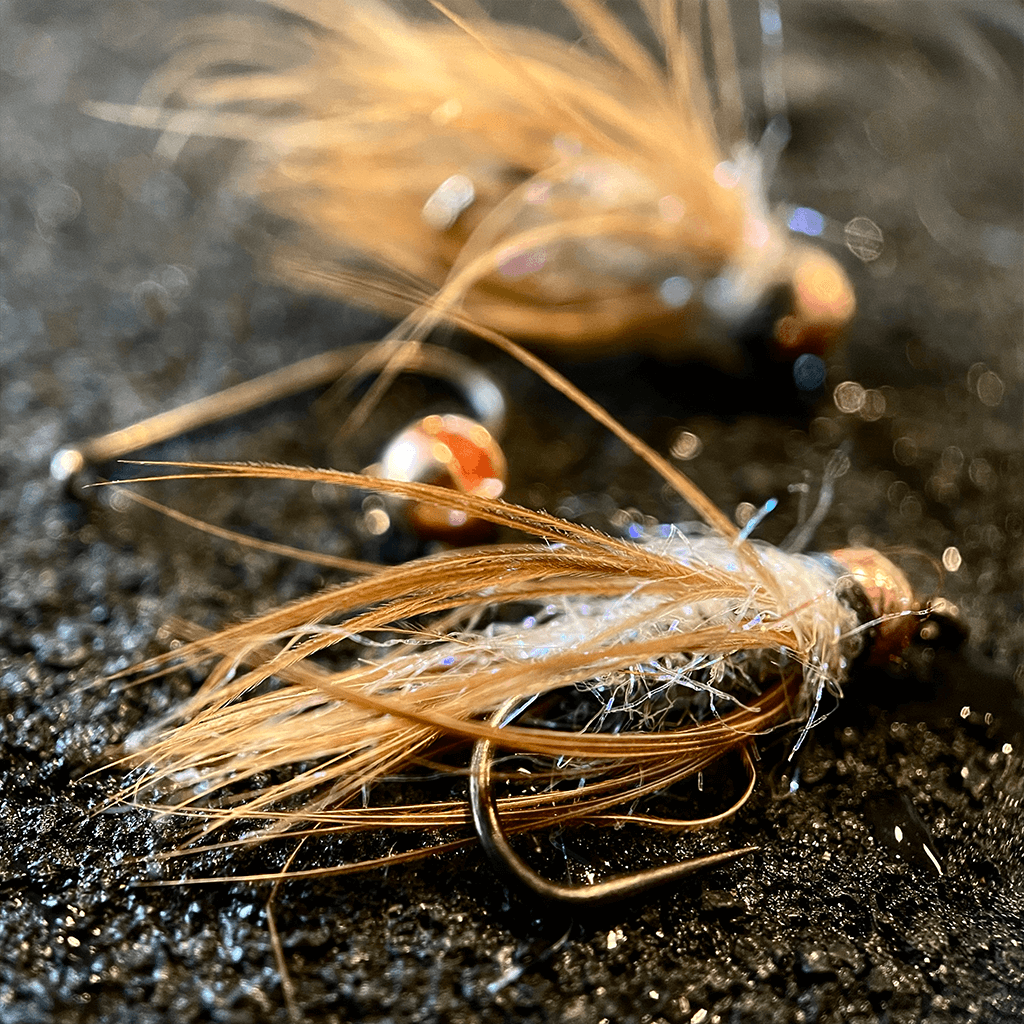
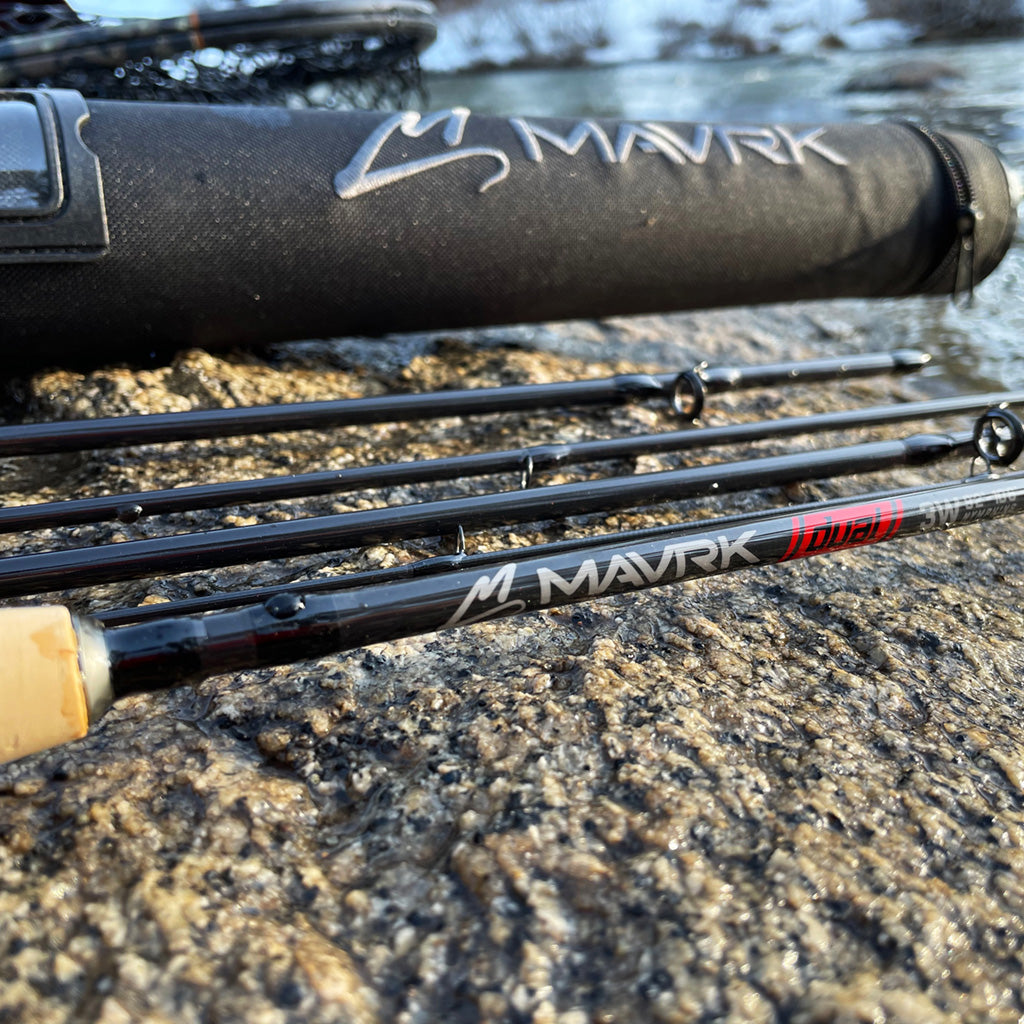
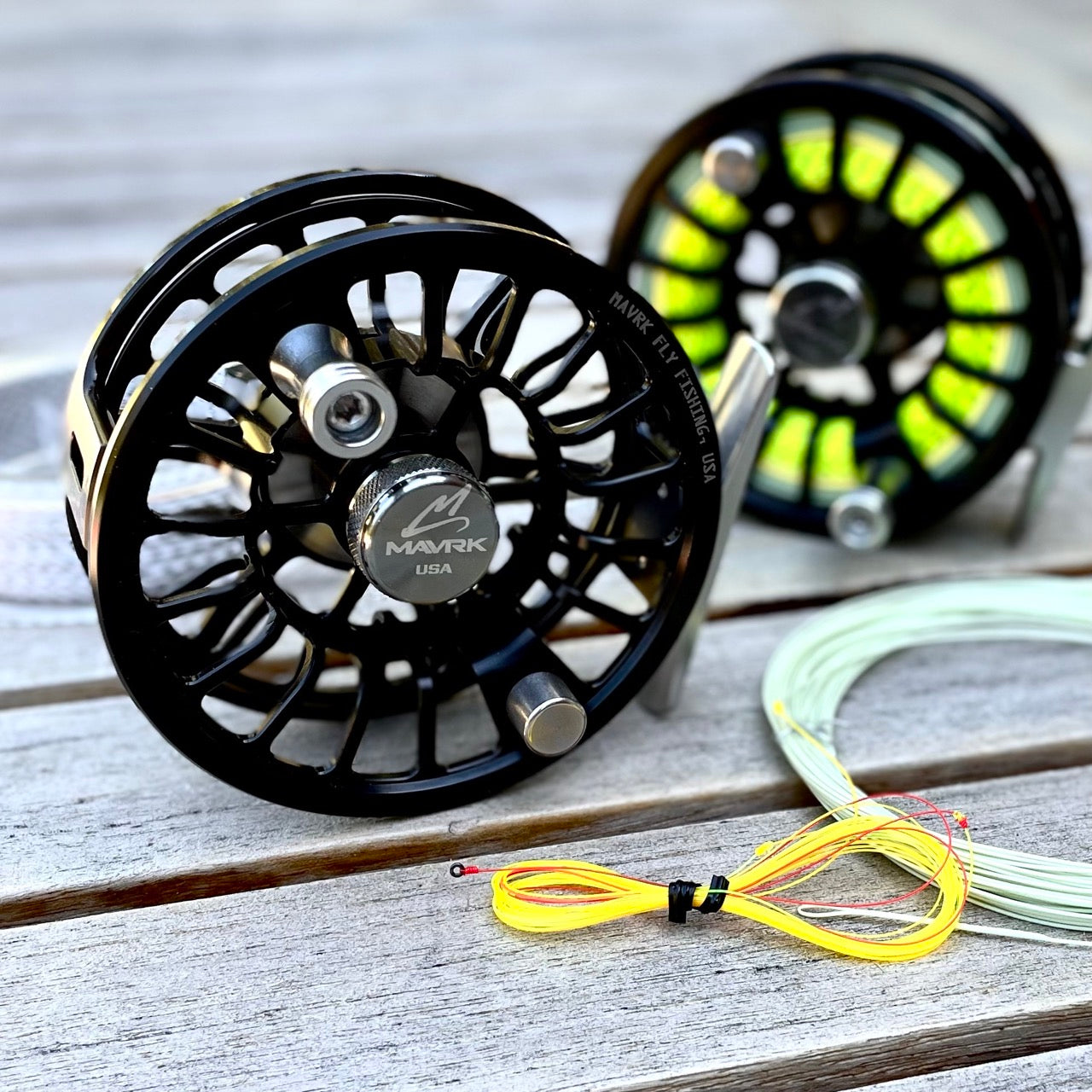
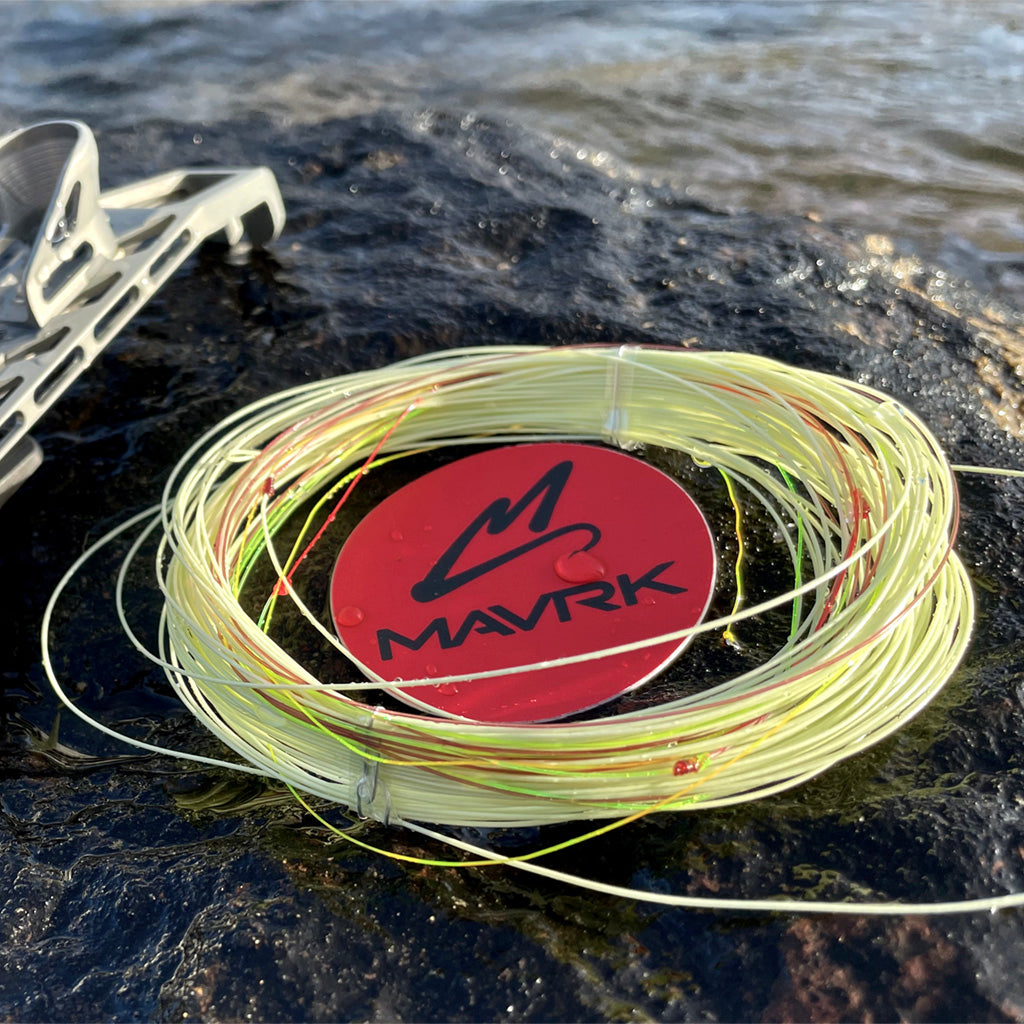
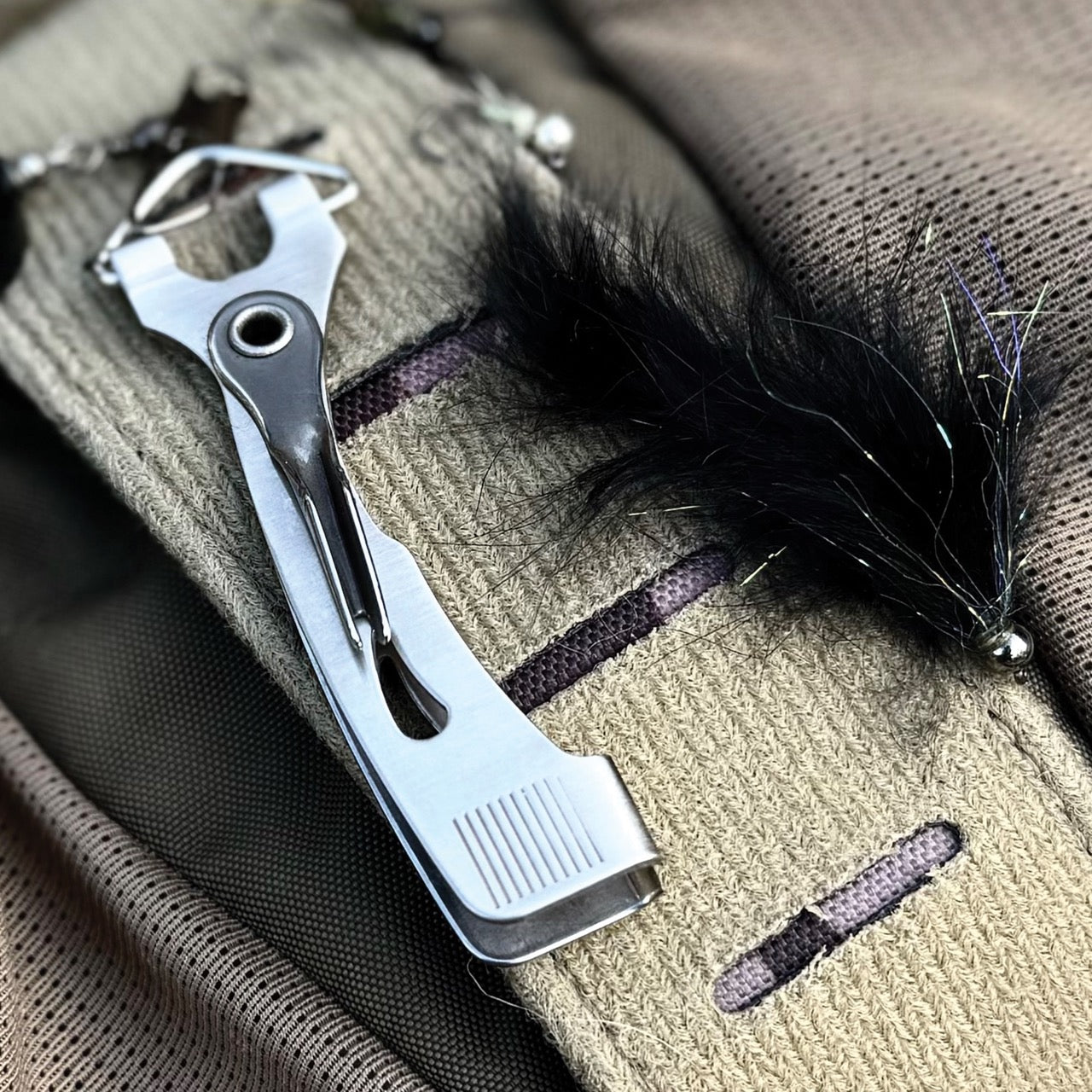

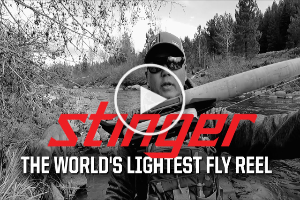
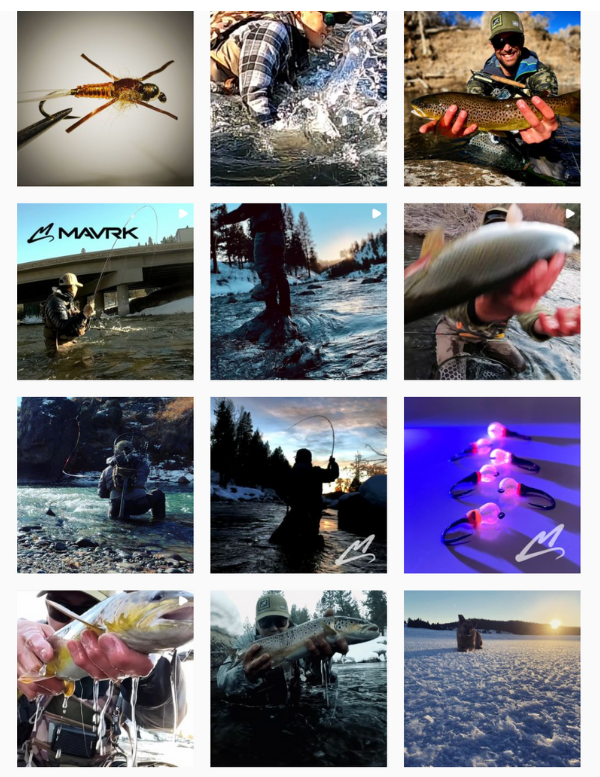
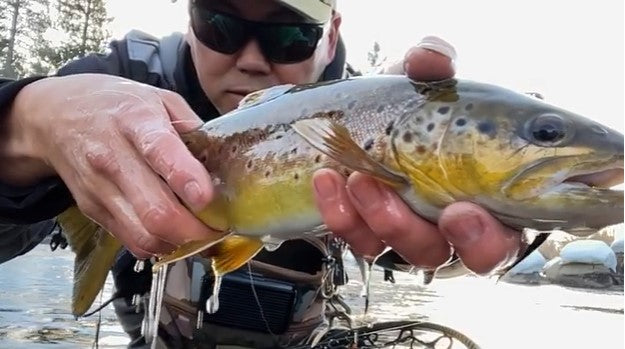
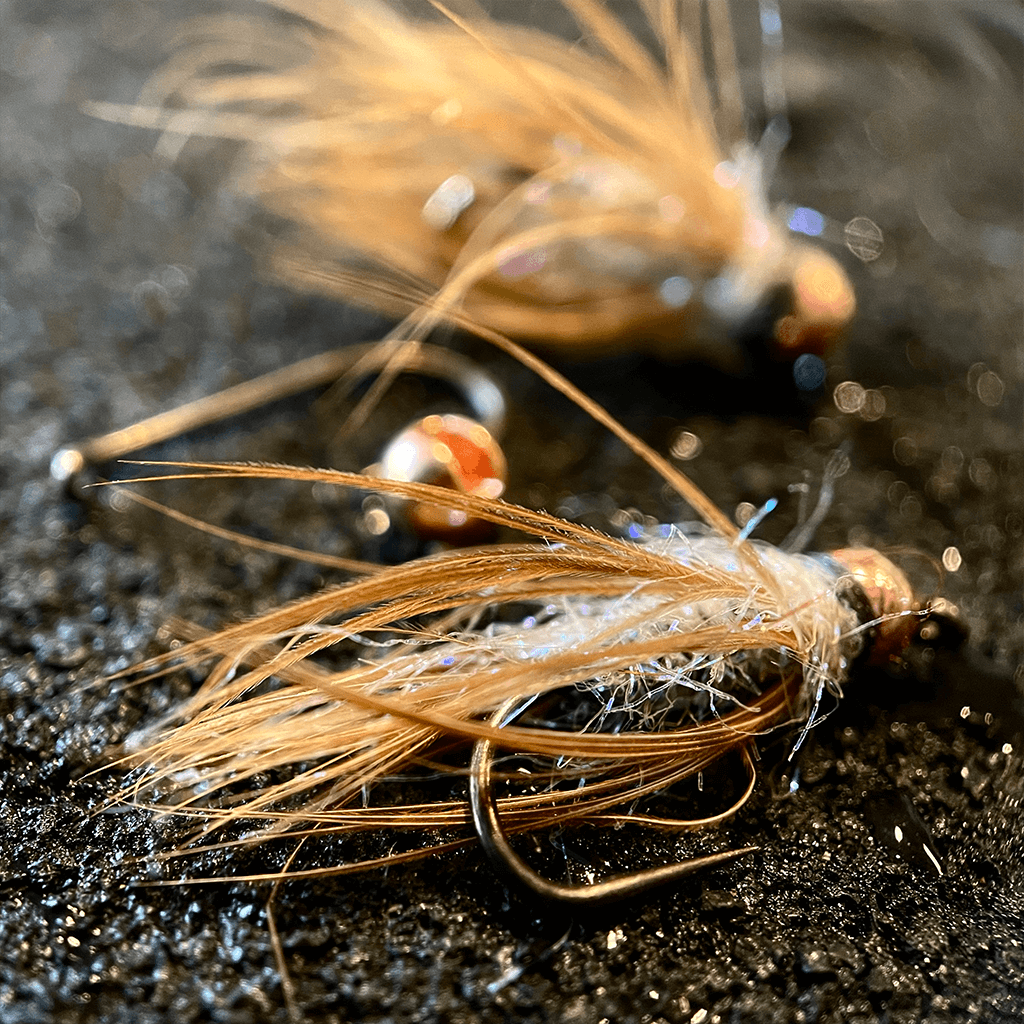


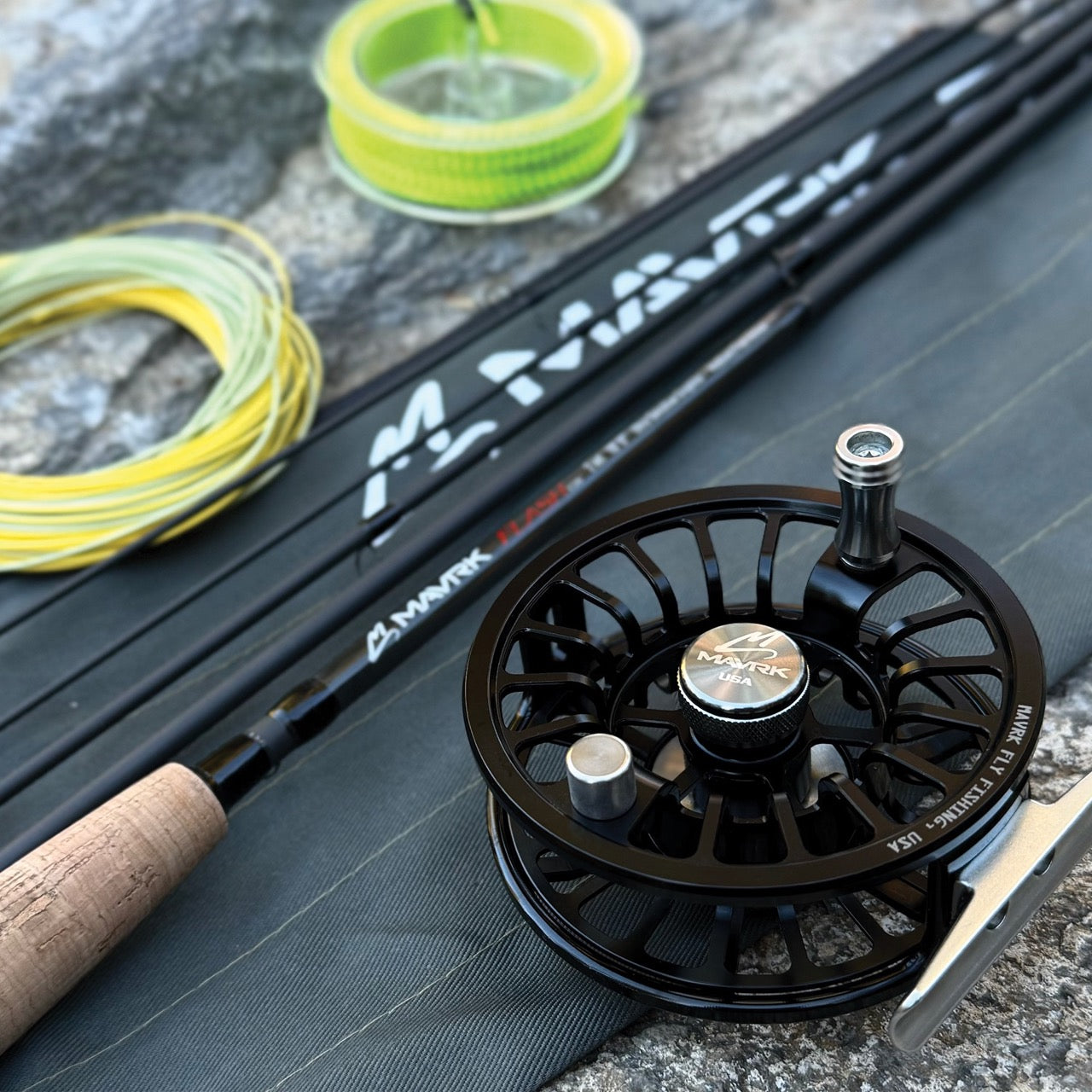
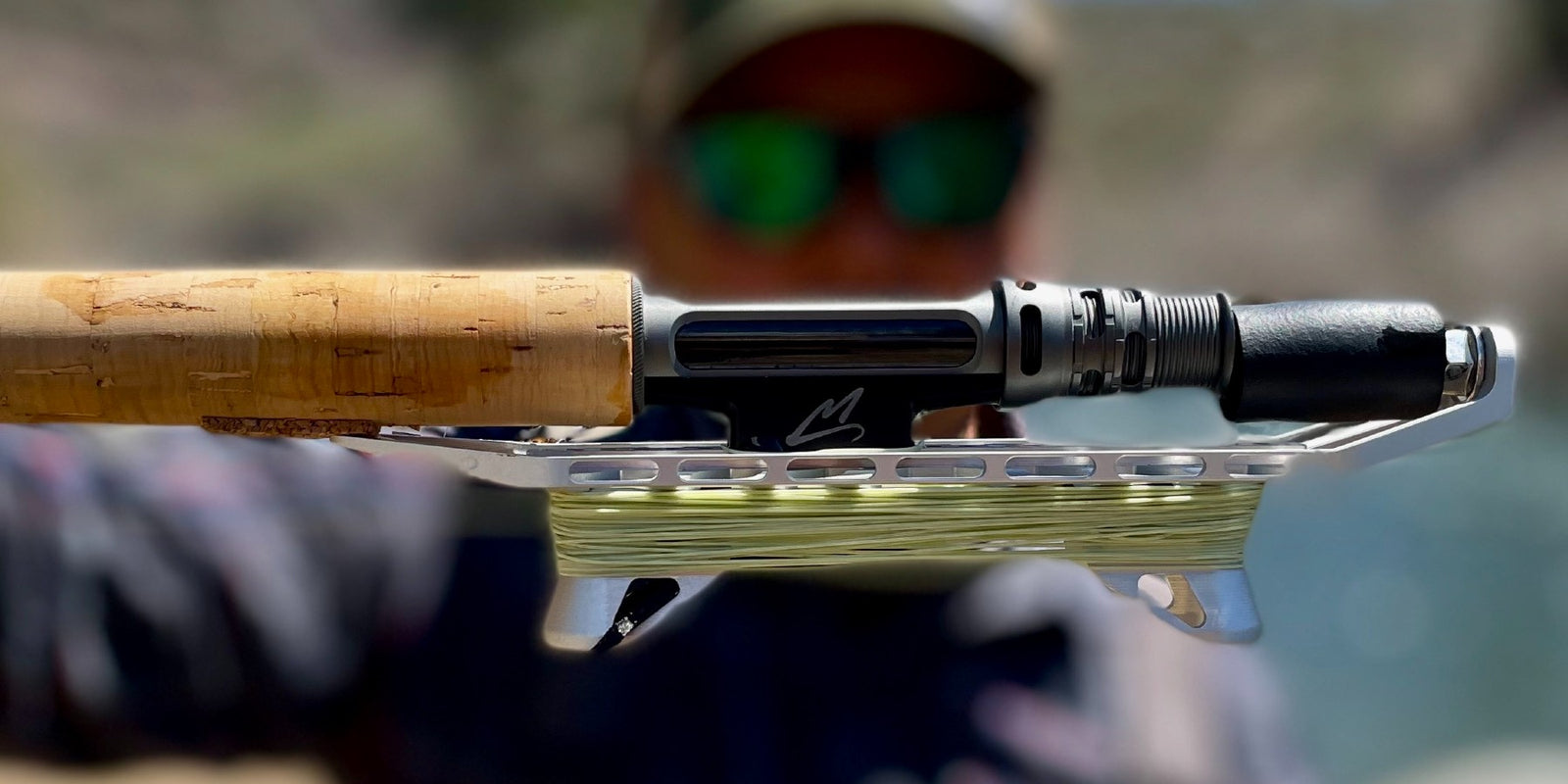



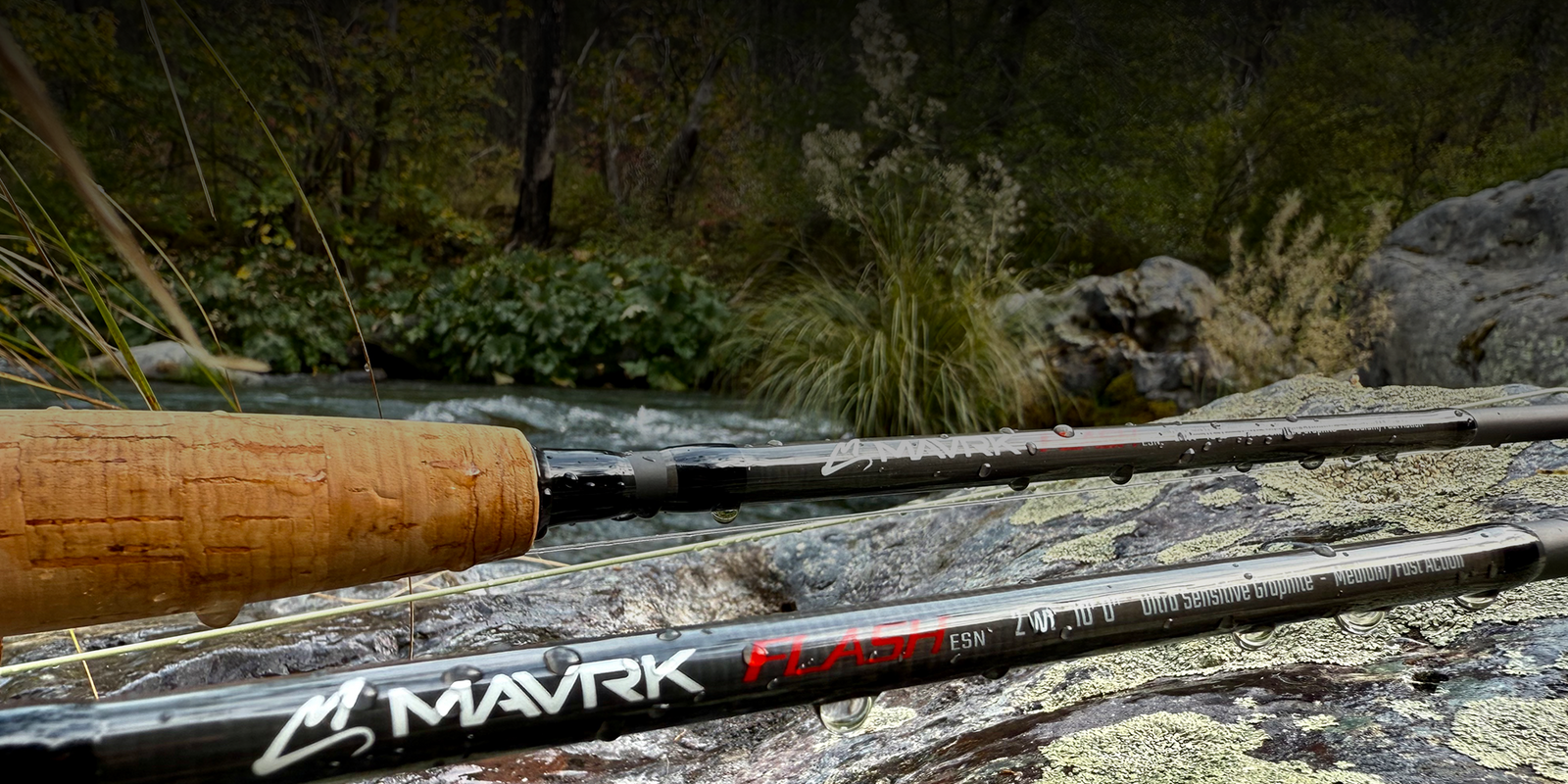

Leave a comment (all fields required)